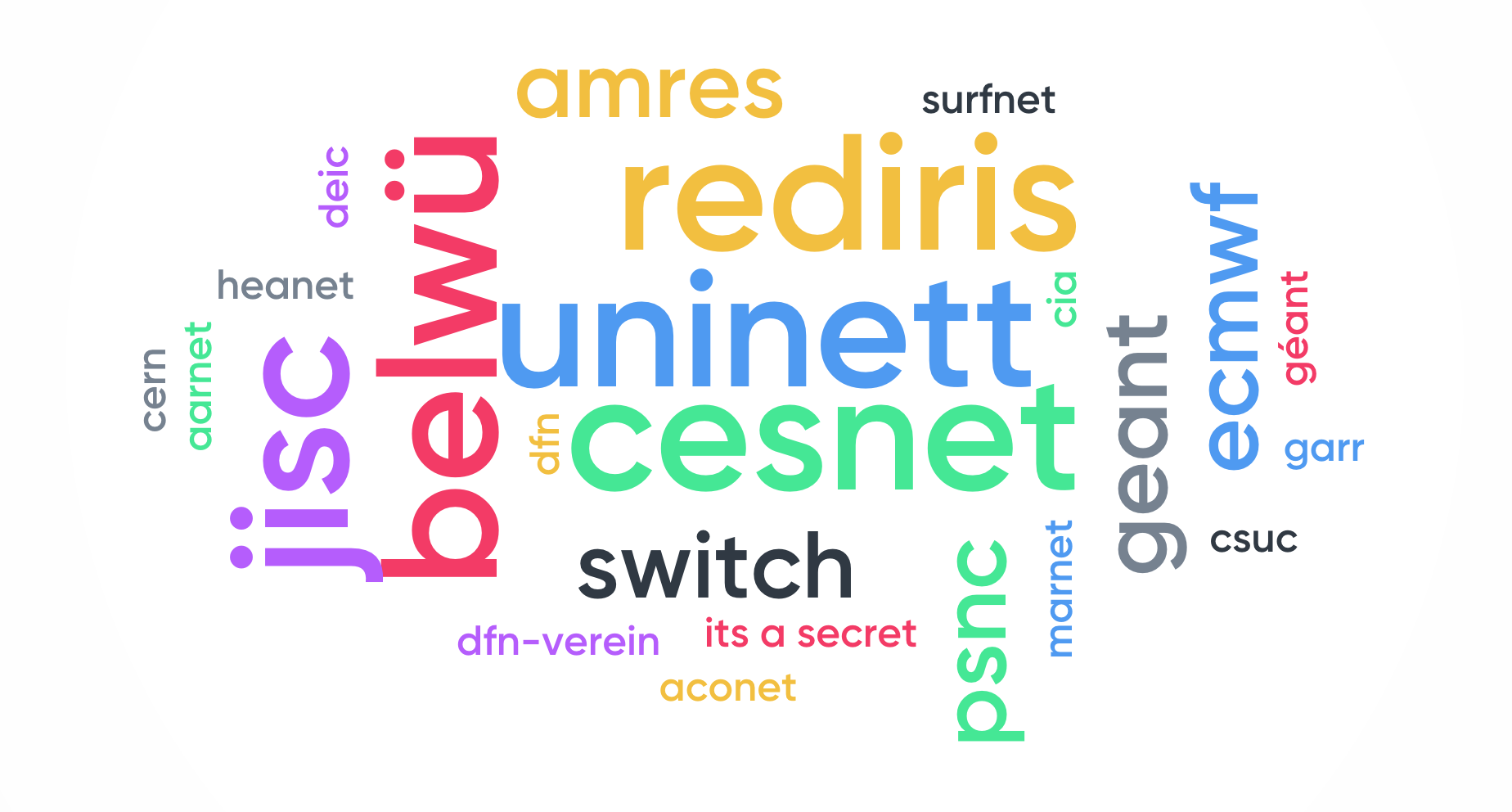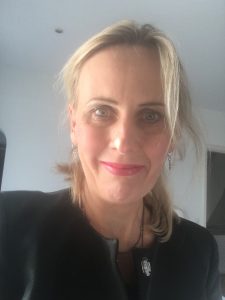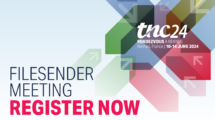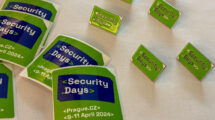GARR welcomed the first joint meeting between SIG-NOC and SIG-NGN to Rome on 21-23 November 2018 with nearly 50 enthusiastic participants.
The theme of SIG-NOC meeting was “Monitoring & Processes in an Automated World” and this complemented the focus on Automation from SIG-NGN. Just like minestrone there isn’t a set recipe for a SIG meeting and the combination of these two groups played to their strengths!
SIG-NOC focuses on the operational aspects of the network, with SIG-NGN focusing on the next generation of the network. So why did they both converge on automation as a unifying theme?
Firstly the overlap isn’t a “bad thing™” it’s an opportunity for those that are exploring automation, deploying automation and using automation within their networks to understand their situation in comparison with their peers. Sharing and exploring evolving “best practices” and how automation of current and next generation networks will be a work in progress for the next few years ensures the connections made at this combined meeting to be valuable to all attendees.
Brian Nisbet kicked off the meeting with his presentation about SHIBA, a system to integrate HEAnet’s network management tools, which acts as a proxy between Juniper’s Space CSD applications and their monitoring and alerting suite. Pavel Kácha presented on Mentat & Warden, CESNET’s New Security Tools and encouraged other network managers to explore these interlinked projects.
Daniel Naegele talked about Traffic Analytics for the BelWü Network, Research Network of Baden-Wuertemberg and their upcoming plans. Ivana Golub and Tim Chown shared their Network Technologies and Service Development Tools for GN4-3 WP6 in order to raise the awareness of the upcoming work and get participants feedback on potential collaboration. Brook Schofield introduced the NOC group to the background, objectives, goals and steering committee of NGN.
The first day of the meeting ended with a flash talk by Lorenzo Puccio from GARR about Alien wavelengths, which has been successfully deployed in their production network with high capacity interconnections and a first step forward to an open approach in optical networking.
In the evening, participants gathered again for a working dinner to discuss the ideas for future meetings, identify synergies between NOC and NGN groups for further collaboration and brainstorm about the topics of future training events.
On the second day, Francisco Monserrat presented RedIRIS plans with regards to DDoS Mitigation, followed by David Schmitz work in progress with New Functions in Firewall-On-Demand and higher usability and towards automation.
Also, Nino Ciurleo and Silvia d’Ambrosio from GARR had a presentation about DDoS and FoD in connection to GN4-2 JRA2 T6. Jonny Lundin from NORDUnet presented ‘Unomaly’, a commercial tool which tries to understand and to define “the normal” by setting a baseline.
Maria Isabel Gandia led a discussion about ‘real life GDPR implementations & effects’, collecting participants real life feedback using mentimeter.
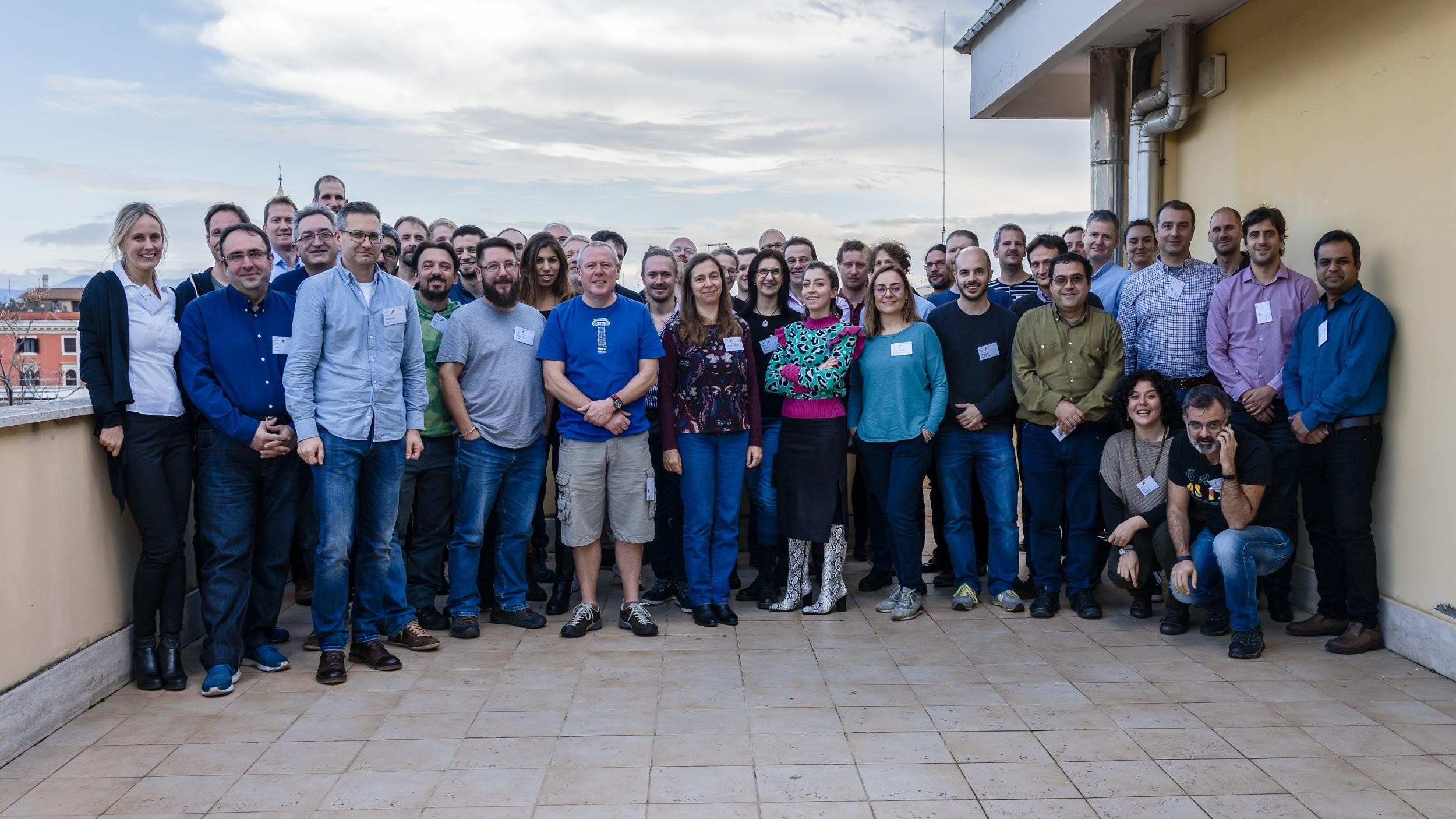
The transition to SIG-NGN after lunch had an introduction to “What do we mean by automation?” from Jerry Sobieski from NORDUnet and the GTS lead. That segued to presentations from Arista, SURFnet and GRNET on their network automation endeavours which were complemented by CESNET and AARNet the following day. Each of these projects showed the diversity of network deployments within our community and the efforts to reach a consensus and best practice.
Per Nihlén from SUNET covered Campus Networking as a Service and the efforts to use automation to make support sustainable, a message echoed in Warrick Mitchell’s AARNet presentation the following day which necessitated the need to increase automation as they had identified 75% of staff time was moving toward troubleshooting faults.
Antoine Delvaux from the perfSONAR project showed how they are using Ansible for their mesh deployments with Sonja Filiposka from MARnet concluding the day with high level automation using microservices in the GÉANT project.
In the run down to the finish line the concluding day included Anna Wilson demonstrating that a quest to automate a “hobby” website had practical benefits for network automation within HEAnet.
The final presentation had Anke Russel from GÉANT engaged the audience in the evolution of GTS v6 which sparked a lively debate on developing a service, focusing on “user centric” service development and setting expectations to aligning usage of a service with value.

Concluding the SIG-NGN meeting was an opportunity to look at what’s next and reflect on the past as this group which can trace its history from TF-TANT (Testing of Advanced Networking Technologies) in 1998-2000, through TF-NGN (2000-2006) and now to this special interest group on Next Generation Networks. While the name and hosting organisations have changed over time, many of the names and faces have remained the same throughout its life. The goal of advancing our networks has always been core and the focus of SIG-NGN will take on the next most pressing challenge at our next meeting.
Both groups have found this joint meeting very beneficial and the the focus of the two events aren’t a duplication but a complement to each other.
The next SIG-NOC meeting is planned for April 2019 in Slovenia. SIG-NGN is planning a meeting for spring 2019. For more information sign up to the NOC and NGN mailing lists to be informed of future events.
